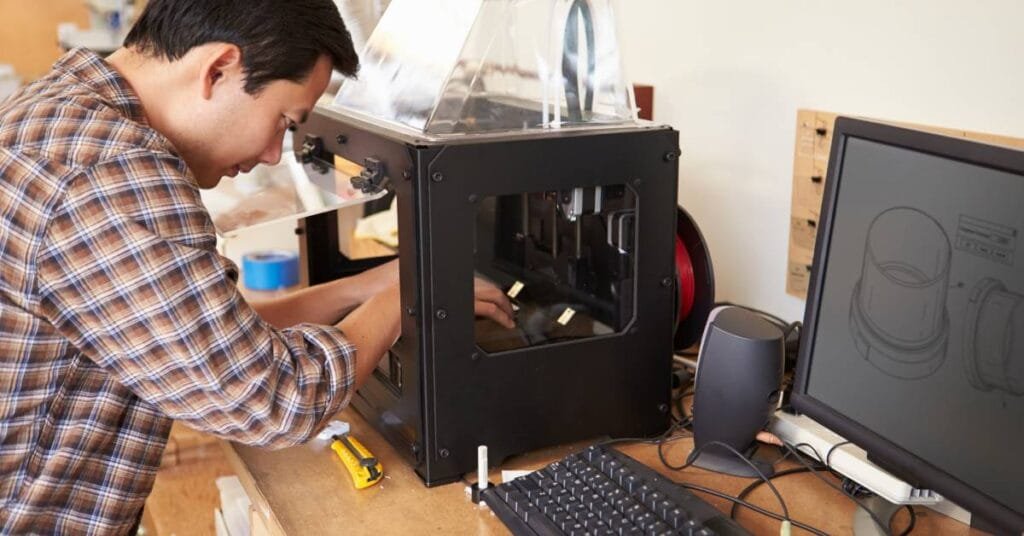Purchasing your first 3D printer is an exciting venture, opening up a world of creative possibilities and innovative projects. However, with the plethora of models, features, and materials available on the market, it can also be a daunting task for newcomers. Read on to learn four valuable 3D printer ownership tips for first-time purchasers to ensure you make the correct investment.
Selecting the Right 3D Printer
When selecting a 3D printer, start by considering your specific needs and intended applications. Are you creating prototypes, educational models, or functional parts? Different 3D printers cater to various requirements, such as fused deposition modeling (FDM) for sturdier, large-scale projects or stereolithography (SLA) for intricate designs that require great detail. Additionally, evaluate the build volume, layer resolution, and filament compatibility to ensure they align with your project goals. Partnering with a qualified and reliable 3D printer supplier can help you find the ideal equipment for your particular needs.
Setting Up Your New Equipment
After selecting and purchasing your 3D printer, proper setup is crucial to ensure optimal performance and longevity of the equipment. Start by carefully unboxing and assembling the printer according to the manufacturer’s instructions, making sure all components are securely fastened and aligned. It’s essential to place your printer on a stable, level surface to avoid print issues caused by vibrations or instability. Calibrate the printer bed to ensure a level printing surface, and follow the guidelines for loading filament correctly. Many 3D printers come with detailed setup manuals or online tutorials, which can be incredibly helpful for first-time users. Lastly, install any necessary software and firmware updates to take advantage of the latest features and improvements, which will set you up for a successful printing experience.
Maintaining the Printer and Troubleshooting Issues
Proper maintenance and troubleshooting are foundational components of 3D printer ownership. Regularly clean the print bed and nozzle to prevent residue buildup, which can affect the quality of your prints. Perform routine checks on belts, bearings, and motors to make sure they are functioning smoothly and replace any worn-out parts promptly. Additionally, keep the firmware updated to benefit from the latest improvements and bug fixes. If you encounter issues, refer to the troubleshooting guides provided by the manufacturer, which can help you diagnose common problems such as layer shifting, adhesion issues, or extruder clogs. Routinely inspecting your 3D printer and understanding basic troubleshooting steps will significantly enhance your 3D printing experience.
If you’re a first-time 3D printer purchaser, follow these ownership tips to ensure you are equipped for success. With these practices in place, you can leverage 3D printing technology to unleash your creativity.
